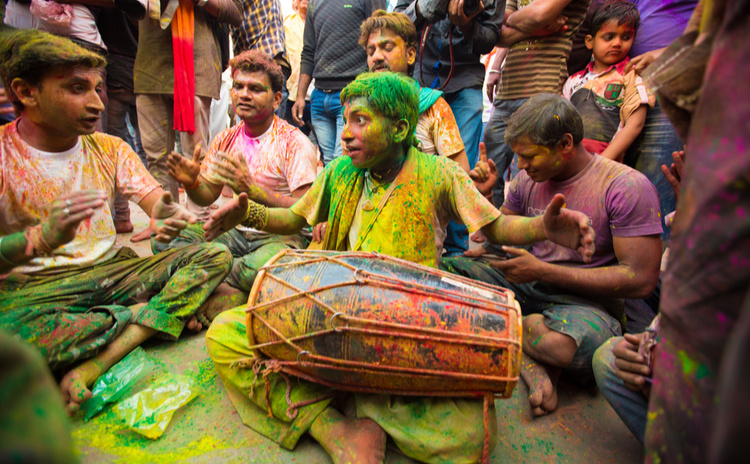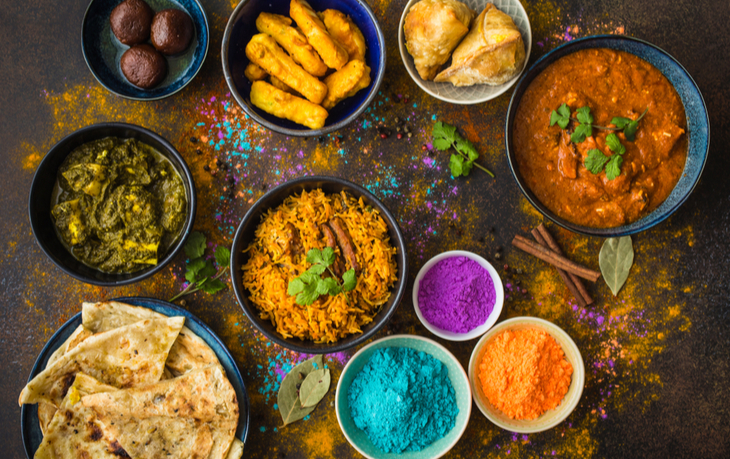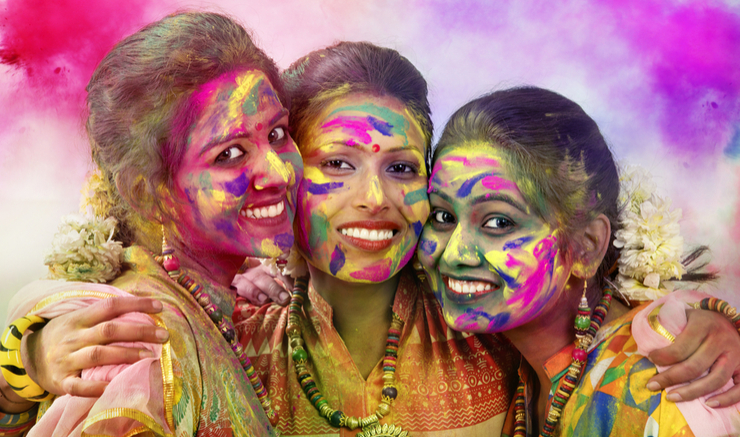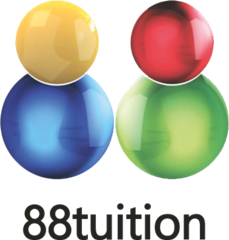Holi, the festival of colour that traces its origin to the Hindu traditions of India has gained wide popularity across the globe. A large part of it has to do with the Indian diaspora flocking to lands abroad. But there is one important reason for the festival gaining traction. Any guesses? It is the sheer resplendence of the festival! If you have ever heard something about Holi, then it is easy to guess the images that the festival invokes in your mind – happy faces smeared with all sorts of colours, people drenched in coloured water and groups engaging in the festive revelry. That is enough to get anyone’s spirits up and running.
The Origin – varying tales from Mythology

So how did all this come into being? Well, there are three prominent tales regarding the origin of Holi.
The first one relates to the demoness Holika. She was the aunt of Prahlada, an ardent follower of the Hindu God, Lord Vishnu. Holika seeks to kill Prahlada by making him sit on a burning pyre upon the orders of his father, the demon king Hiranyakashyap. But Lord Vishnu intervenes, and the boy is saved, and the demoness is burned to death.
Have you heard of Lord Krishna? Krishna is believed to be an avatar or incarnation of Lord Vishnu. He was exceptionally naughty yet charming at the same time. The second tale about Holi is related to Lord Krishna, who had a bluish complexion and his lover, Radha. The act of Lord Krishna smearing Radha’s face with colour is said to have sparked the celebrations of Holi. There are even sayings that suggest Holi is the commemoration of the act of Lord Shiva restoring the Kama, the god of love after having initially reduced him to ashes.

Significance and Festivities
The festival of Holi lasts for a night and a day. Did you know that it is a spring festival in India? Well, it is that and a lot more. So, when is it celebrated? Holi celebrations begin on the last full moon night of the winter. The night is called Holika Dahan or Chotti Holi. According to the Vikram Samvat Hindu Calendar, it occurs in the month of Phalgun. The festival falls between the end of February and mid-March. Holika Dahan literally means the burning of Holika. The night is marked by bonfires that light up the sky and is seen as the burning away of evil.
So, what about the following day? Well, that is when all the action takes place and the revelry begins. It is the day of Holi or Rangwali Holi, the Holi of colours. People throng the streets with colours, water guns and all sorts of amenities to soak and smear friend and stranger alike. Since Holi draws its roots from the Hindu tradition, is it only celebrated by those who follow that tradition? Absolutely not! Holi is a very inclusive festival and people of all faiths and traditions join in without inhibition to take part in the festivities.
People exchange sweets, and grown-ups drink bhang on the day. It is also a Thanksgiving Day for the harvest. Holi is also seen as a day to solve conflicts and restore broken relationships with friends and family. This year the festivities begin on the night of the 20th of March. So, watch out for the celebrations as people gear up to get drenched and drench others in the love of colours!
Who We Are
Mission statement – “Empower every student to achieve full potential”
88tuition Pte Ltd offers the best PSLE tuition Singapore for children looking to ace the PSLE exam. With online learning materials explaining the different concepts of Mathematics, Science and English in detail, children can easily come out in flying colours in the PSLE exam.
88tuition provides the best PSLE math tuition online, PSLE English Tuition in Singapore and PSLE Science tuition online. The systematic PSLE tuition module helps children learn all the core subjects in an easier way and also keeps parents informed about their children’s progress.
UEN 201817310C
271 Bukit Timah Road; #03-08; Singapore 259708



